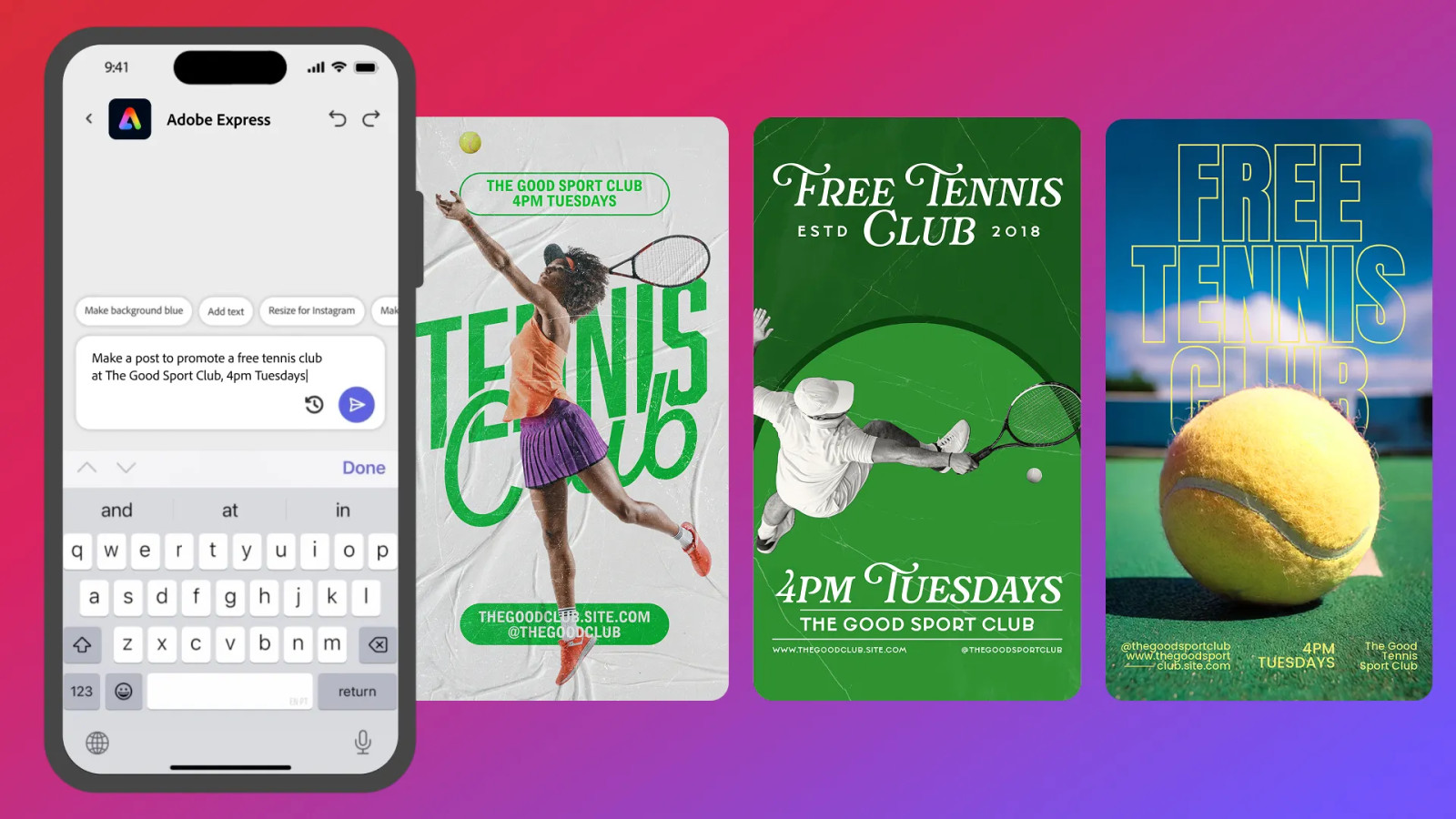Creators want to learn, and Adobe’s AI assistants want to listen

Photo: Adobe

Convincing creators to embrace artificial intelligence is an ongoing challenge for software companies. Social media is awash with examples of how AI can increase productivity, from streamlining laborious tasks to quickly generating images and videos. Productivity gains are – and will continue to be – an important selling point for AI tools. But this is not the only message that creators want to hear. They have a wider spectrum of expectations, needs, and pain points. This spectrum can change dependent upon a creator’s job or their level of experience. However, what all creators share is a desire to produce better work while improving their skills along the way. When asking video creators what they would like future tools to help them with, more than half said learning and improving production techniques and just over a quarter said accelerating the production process (MIDiA Research Video Creator Tools Survey Q2 2024). Put simply, creators do not just want AI tools to make them quicker, they also want help honing their craft.
Marrying creator needs to AI’s potential
Meeting these expectations is particularly pertinent to those developing AI assistants, a type of chatbot designed to support creators throughout their workflow. AI assistants by their very nature should be helpful. Part of the reason why ChatGPT’s penetration has grown so quickly among all age groups is its ability to provide quick solutions to a myriad of problems – albeit with mixed results. This is fine when the outcome is all that matters to the user. There can be more at stake for creators. For many, the act of creating is a pleasure and a passion rather than a means to an end. An AI assistant’s best efforts to help could end up alienating the creator if it does all the work without providing enough creative opportunities to make the experience satisfying.
AI assistants can overcome this issue if the user experience provides support and speed in equal measure. The power of AI assistants ultimately lies in their two-way dialogue with the creator. When prompted by the creator, these tools should not be afraid to ask questions before providing the output. These could include: ‘what are you trying to achieve?’; ‘how much help do you need?’; would you like me to show you how?’, and ‘how about using these tools to provide the finishing touches?’ Such questions would not only help the AI assistant navigate to a better solution, but it would encourage the creator to have a greater stake in the experience.
Featured Report
MIDiA Research 2025–2031 music creator tools forecasts AI comes to town
This music creator tools forecasts report acts as a companion piece to MIDiA’s report “State of music creator economy: AI’s growing reach ” . This report provides analysis, market sizing, and forecasts...
Find out more…Adobe’s AI assistant push in video, photo editing, and graphic design
Signs of this approach taking hold emerged on Wednesday (April 9, 2025) when Adobe revealed its new suite of AI assistants. In a blog post, the creator tools company described how its experience building an AI assistant for Adobe Acrobat (the PDF editing tool) has provided the ground work for new assistants embedded into Adobe Premiere Pro (video editing), Photoshop (imaging editing), and Adobe Express (video and graphic design). Adobe described how its AI assistant in Photoshop was not just focused on “faster edits” but how it could support the creator in “helping them learn and use Photoshop”. Adobe added: “In the future, the Photoshop agent could help you learn the tool, share feedback and suggestions and even handle repetitive tasks like preparing assets for export”.
While a big step in the right direction for AI assistants, the next phase will be improving intuition. AI assistants will need to operate on a sliding scale of intervention: some creators will favour learning over generating, time-poor creators will lean heavily into automated workflows, and there will be those whose creative spark comes from experimenting with the tools in front of them.
However, the ultimate victors in the AI assistant race will be those who can marry effective outcomes with an entertaining experience. Take language learnings apps, for example. Many existed before Duolingo, but it was the company’s unique ability to turn it into a compulsive, gamified, experience that transformed it into a market leader.
For more information on AI assistants, read MIDiA’s latest creator report: ‘AI chatbots: The new conductors of entertainment’

The discussion around this post has not yet got started, be the first to add an opinion.